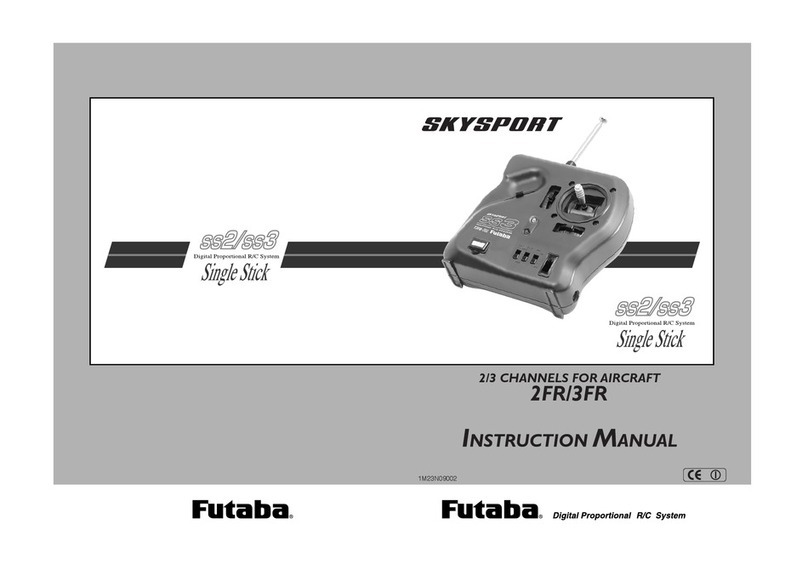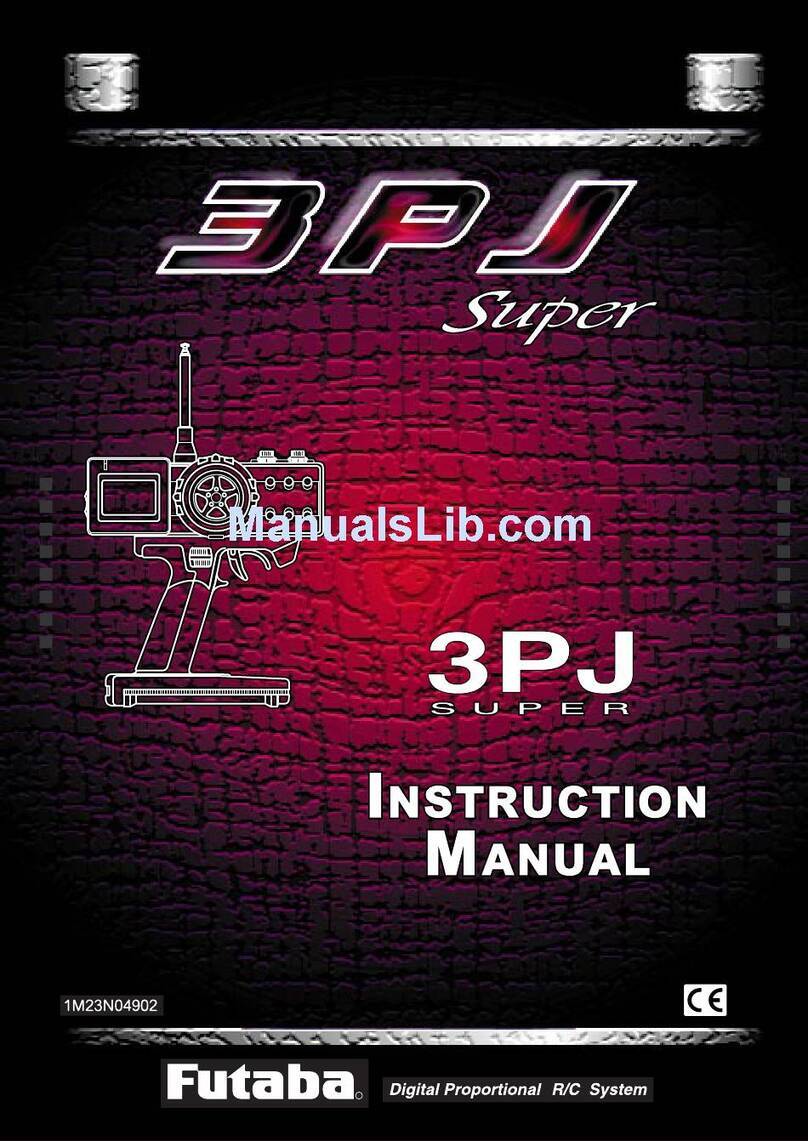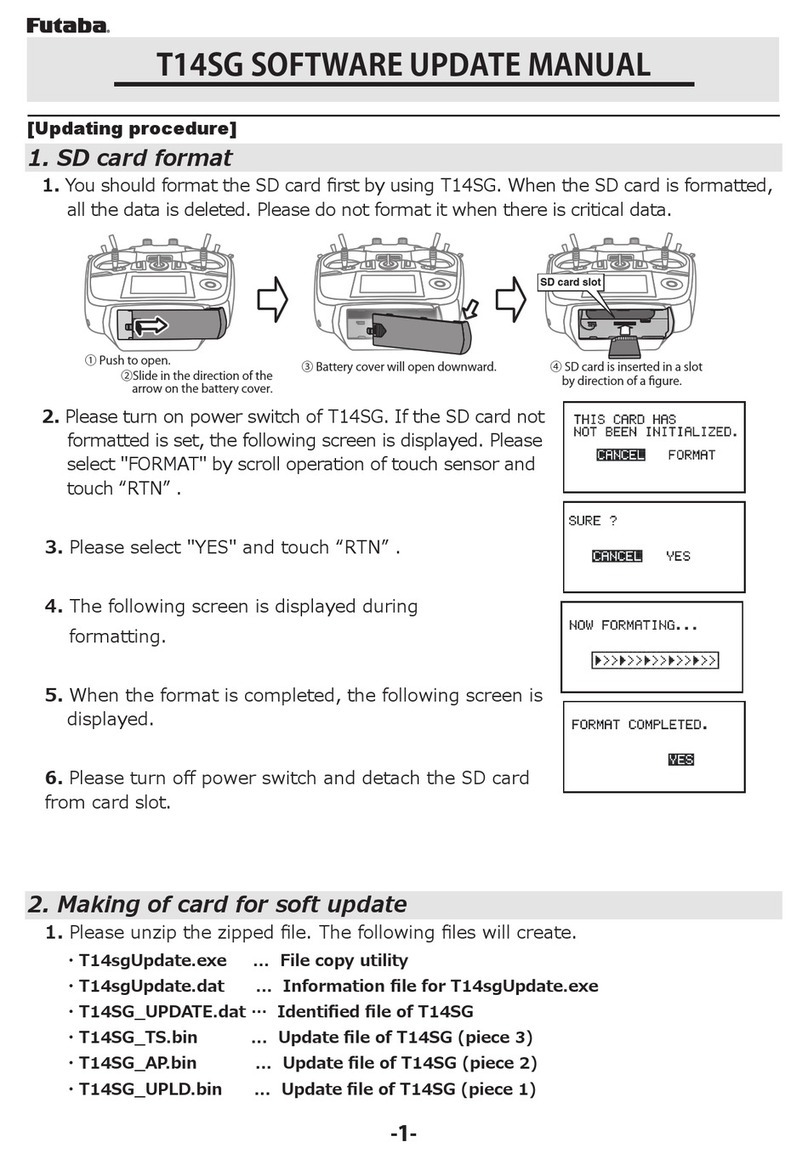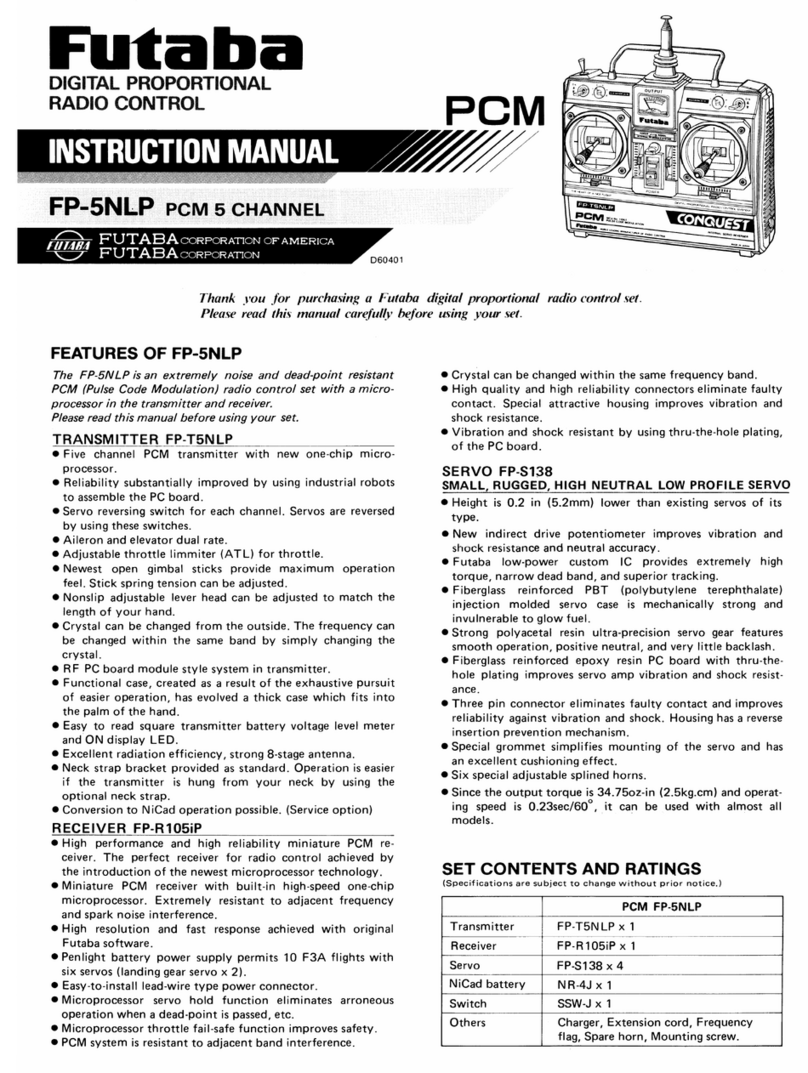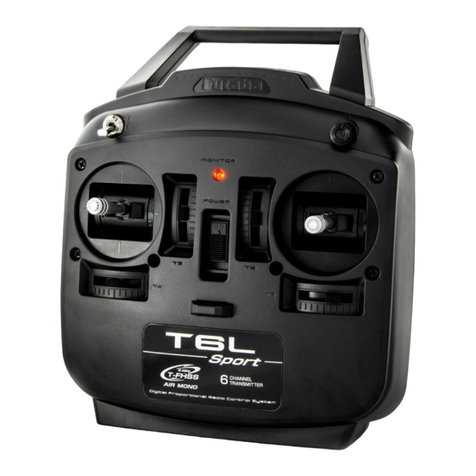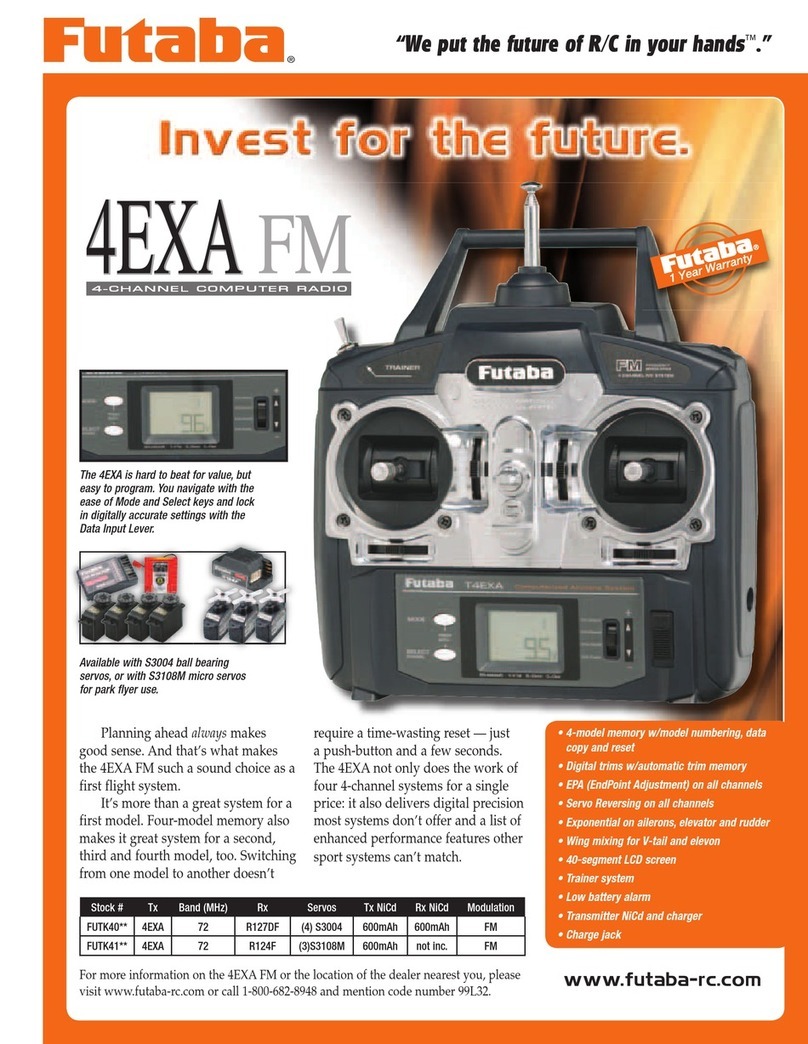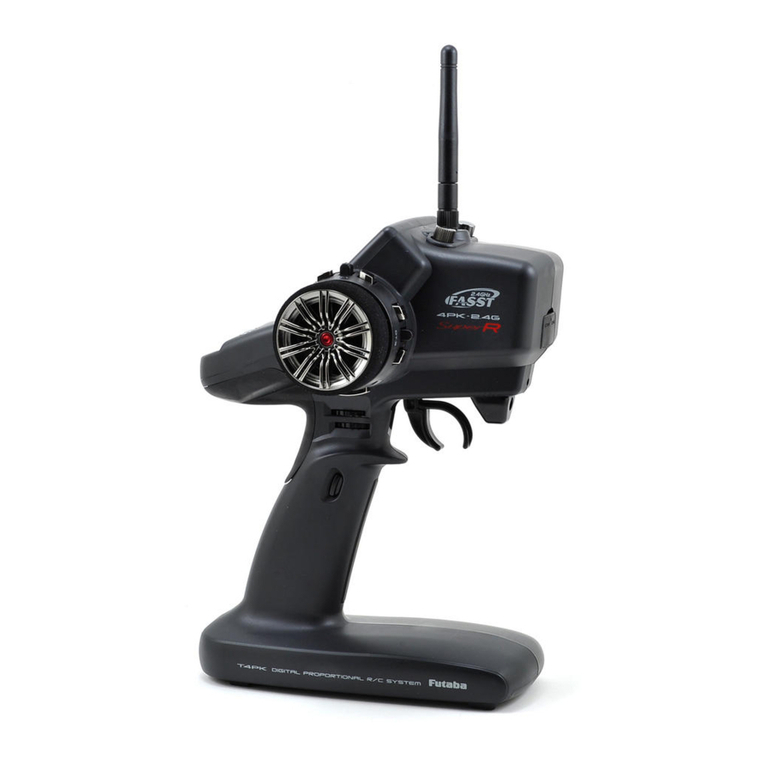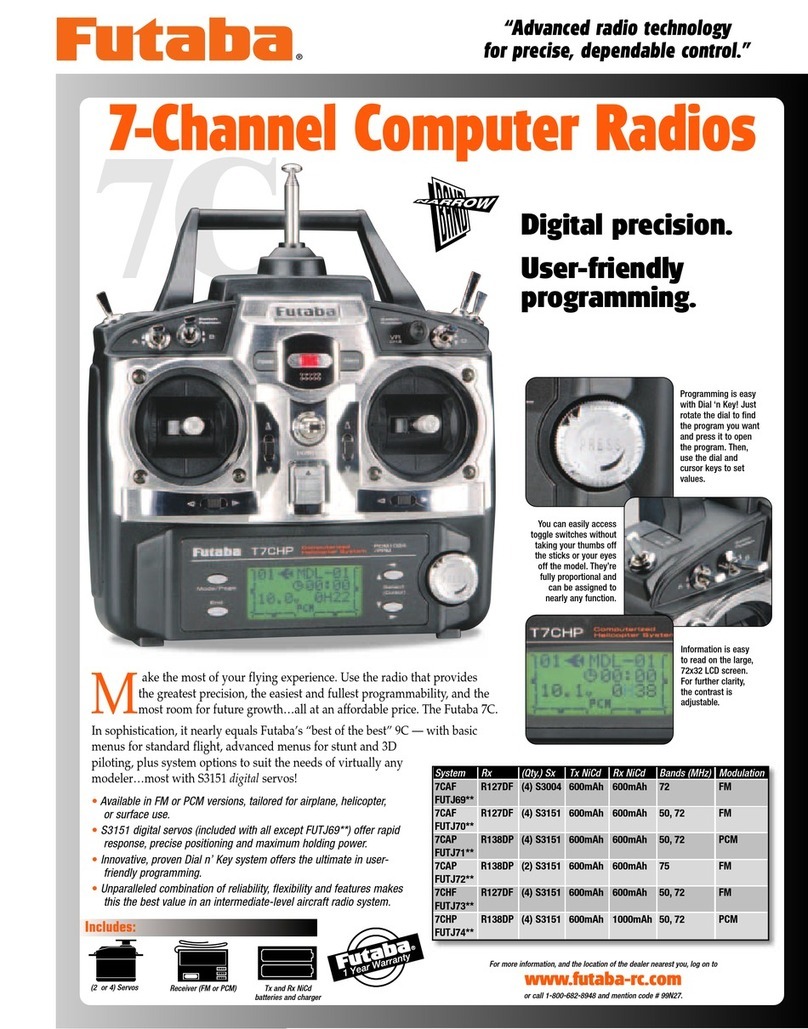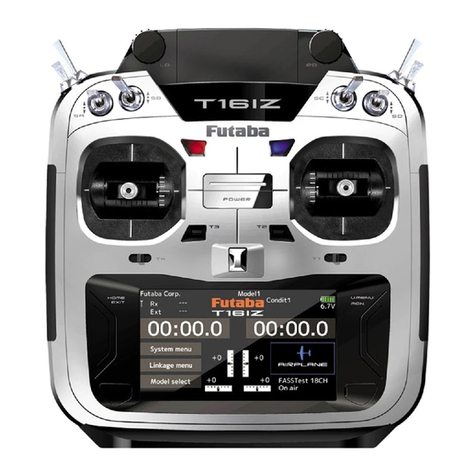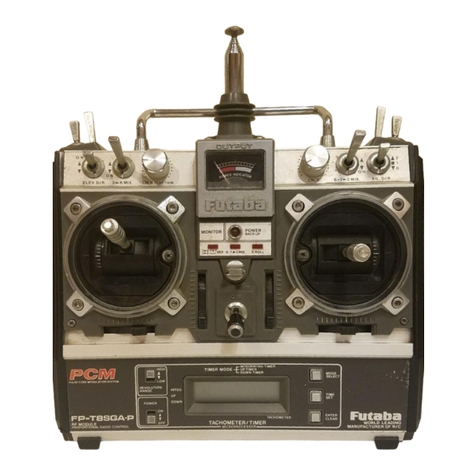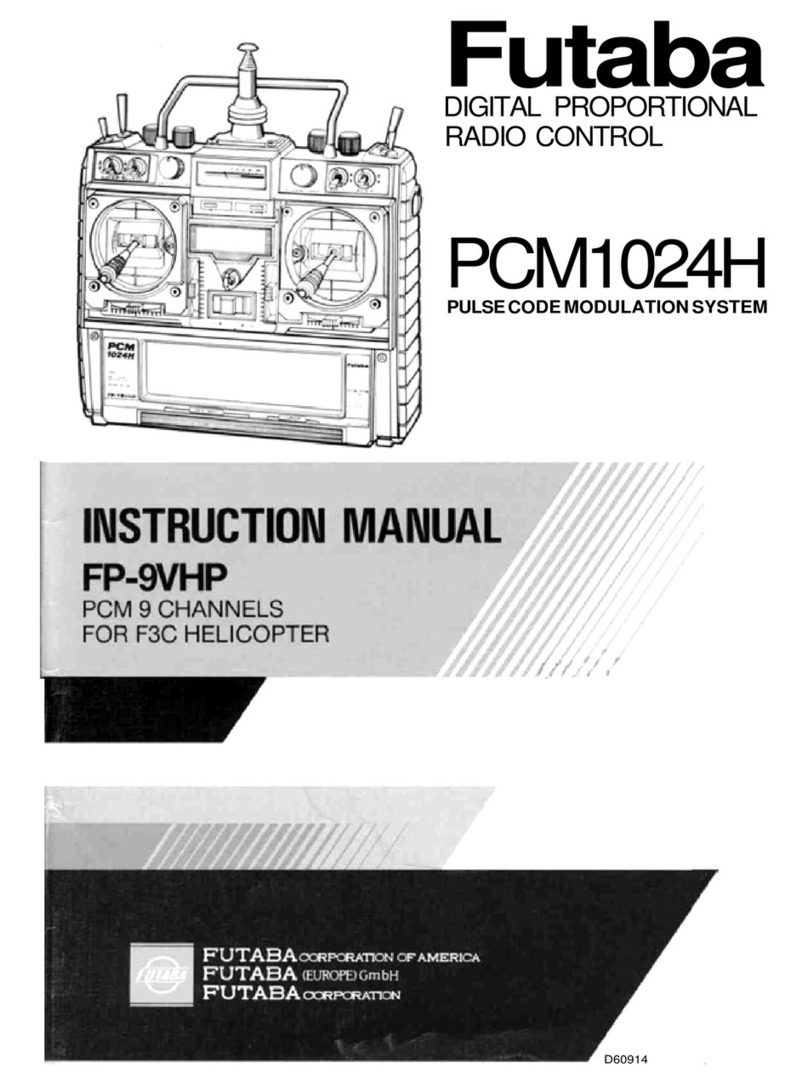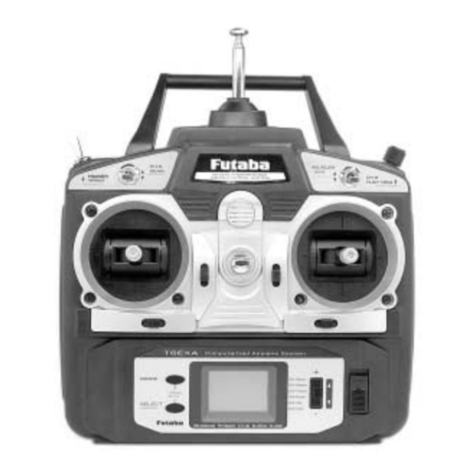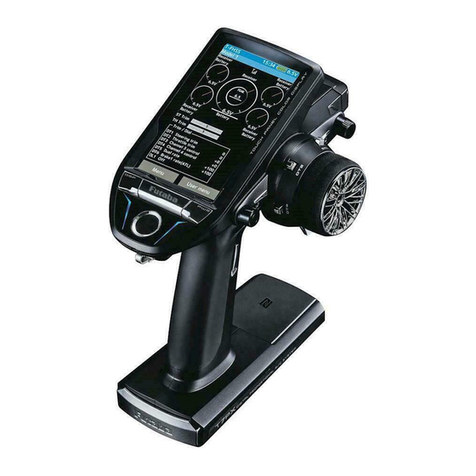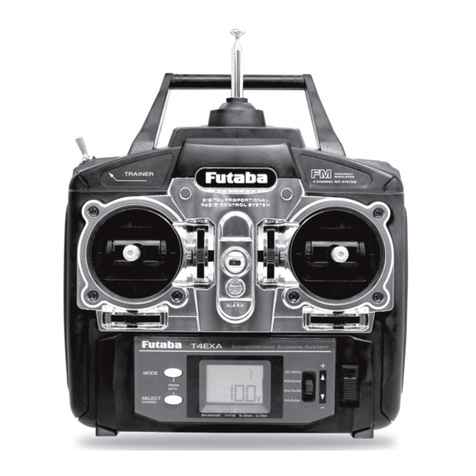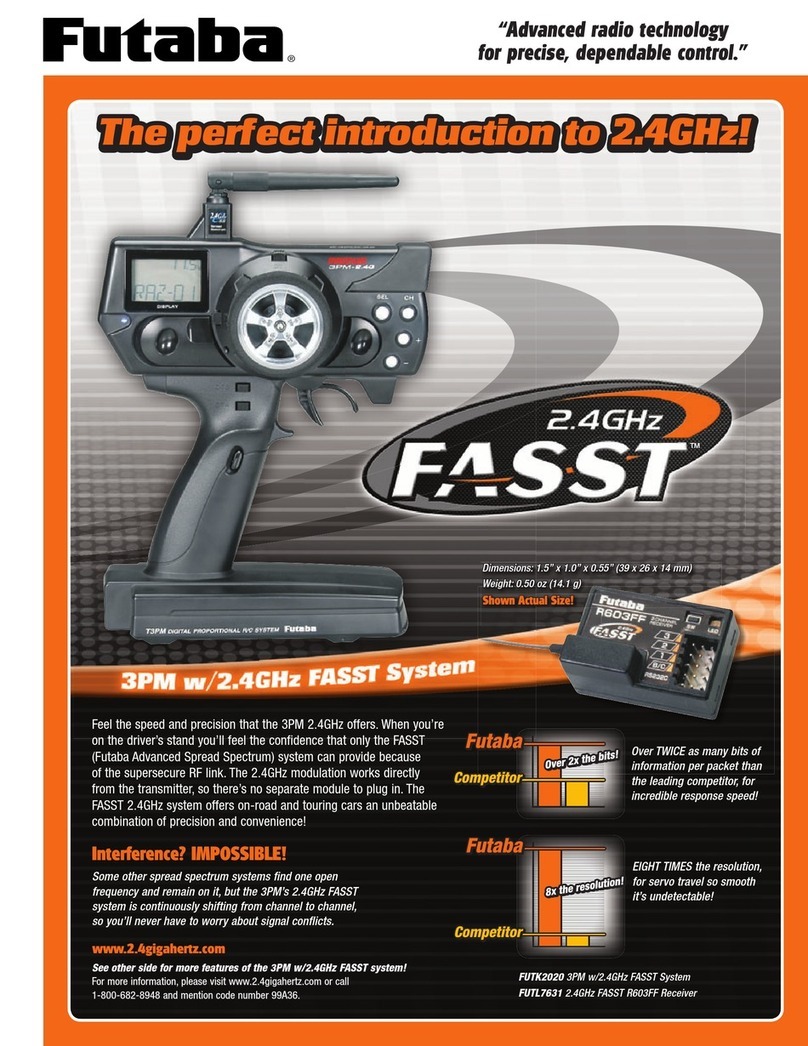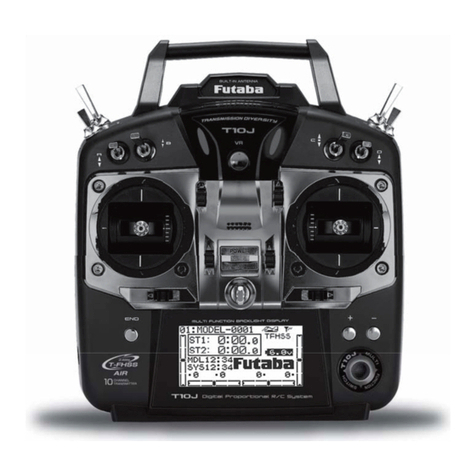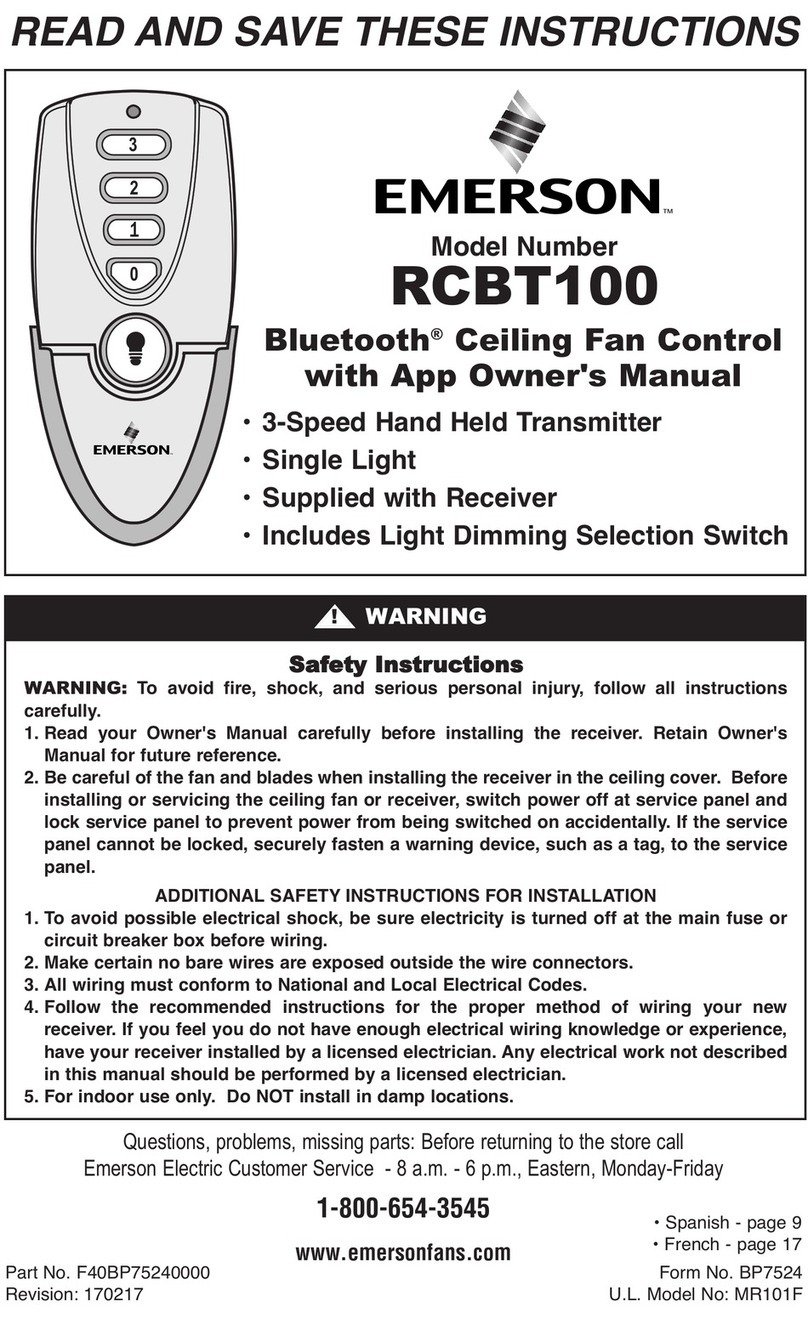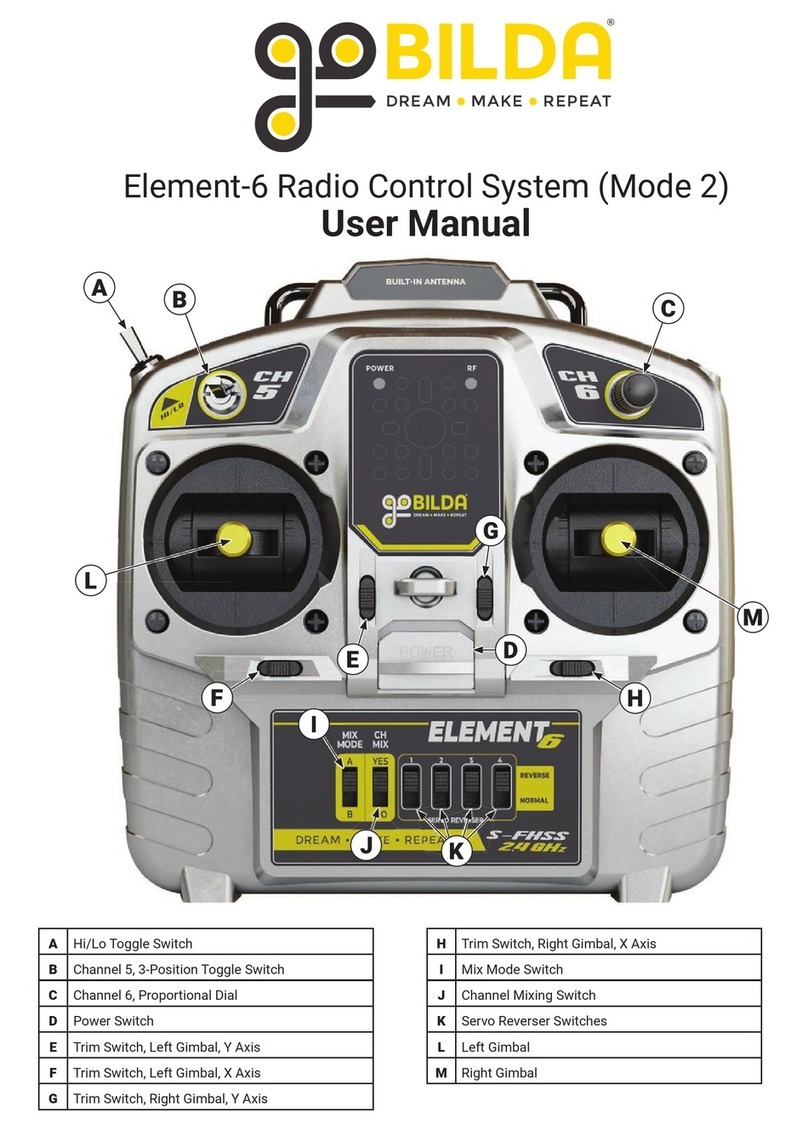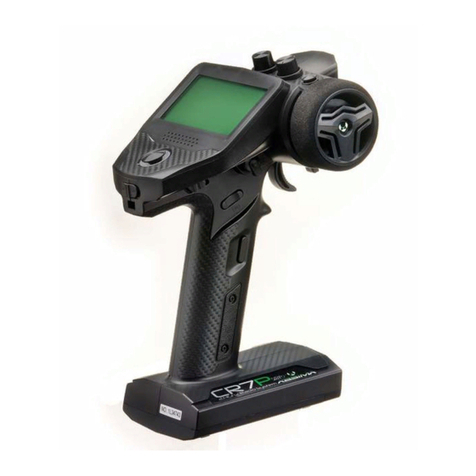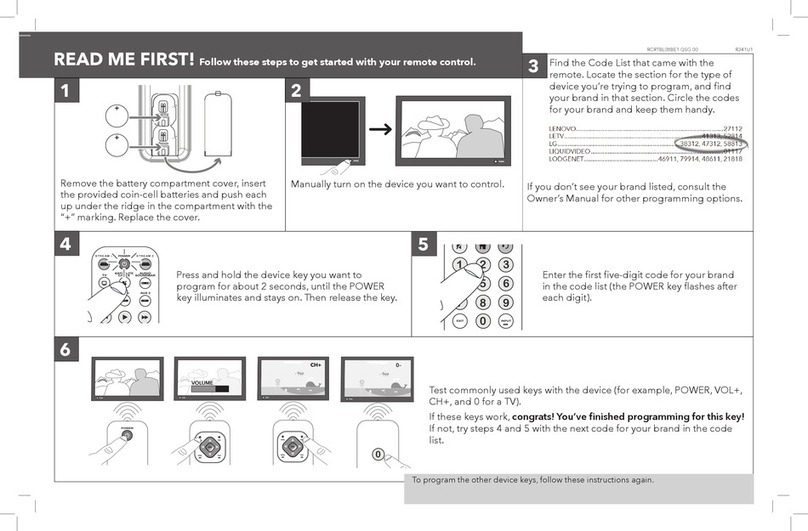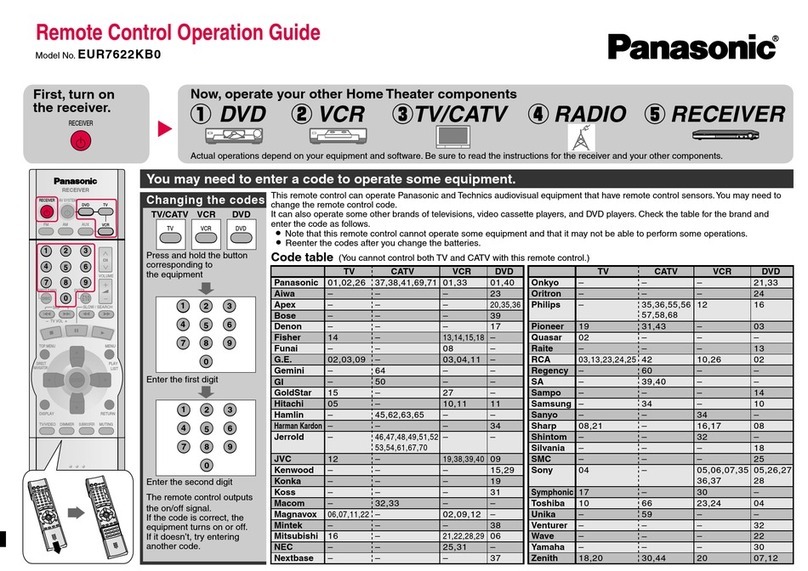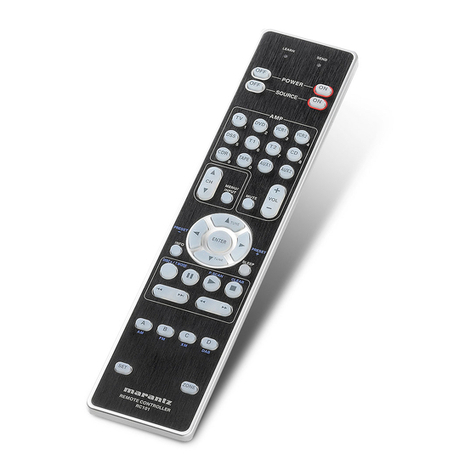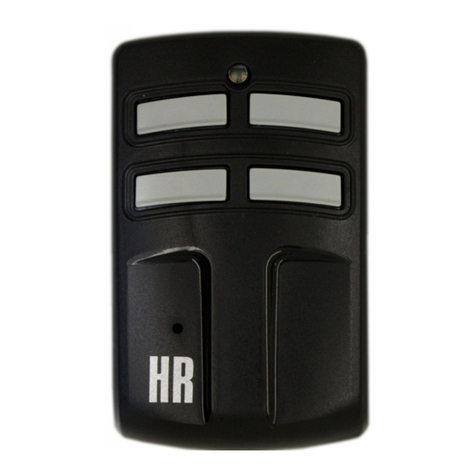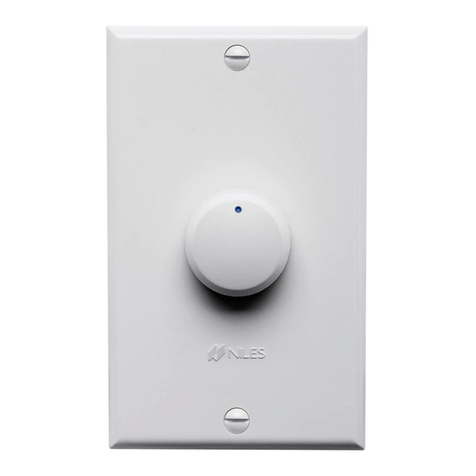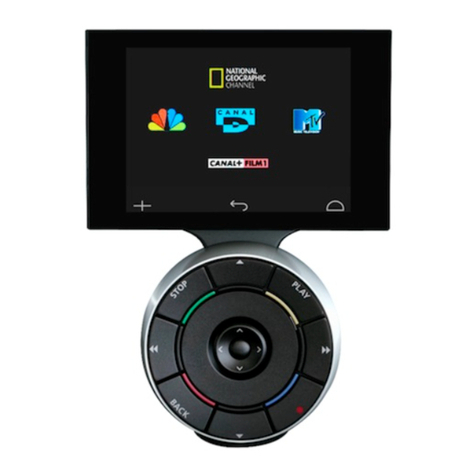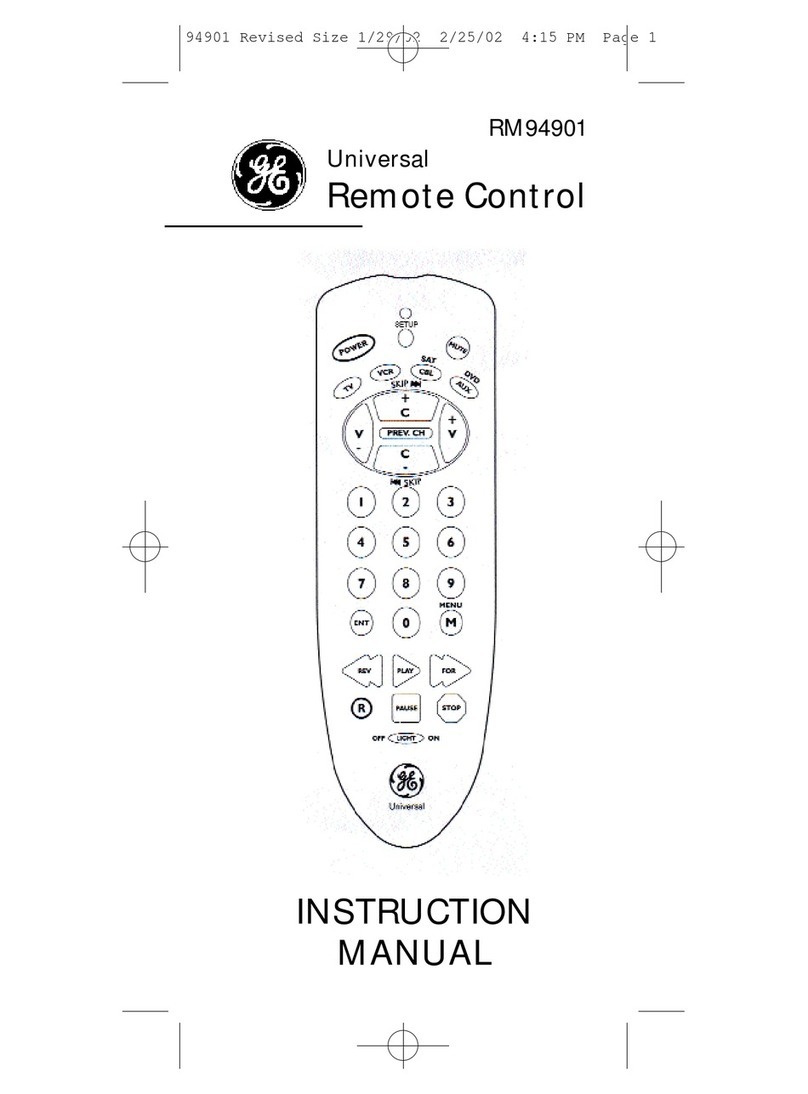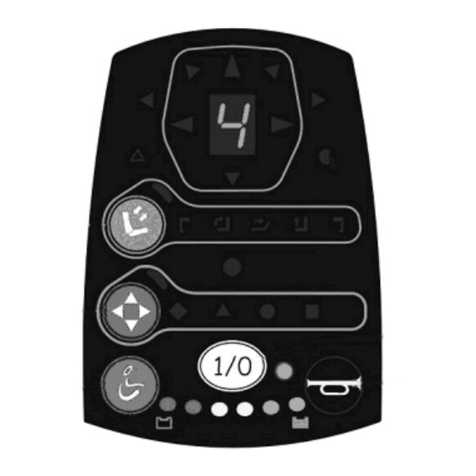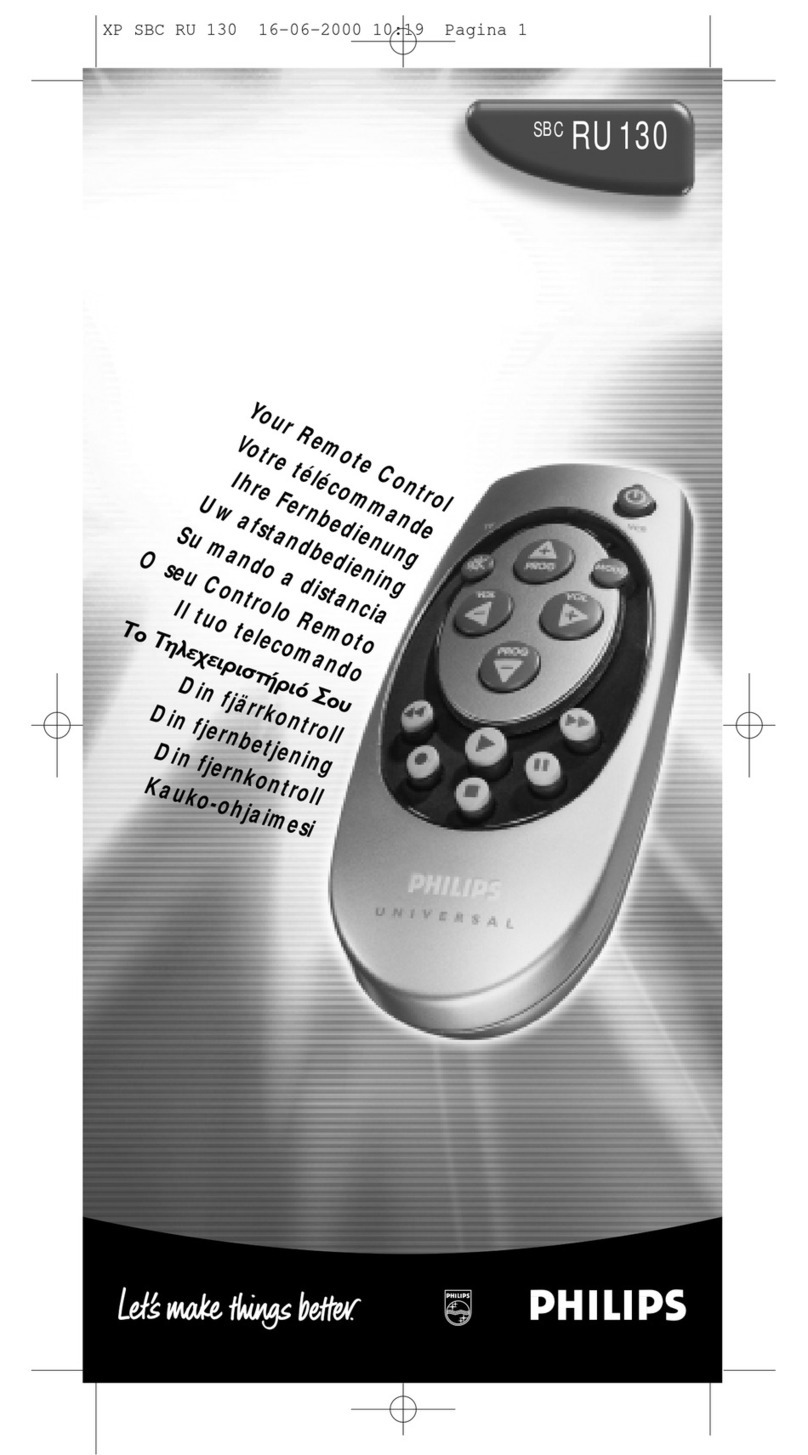
3
TABLE OF CONTENTS D/L Interval ................................................ 82
Battery fail-safe voltage setup ....................... 82
......... 83
The example for choosing System Type .......... 84
..................................................... 85
.................................................... 87
............................................ 88
..................................................... 89
.......................................... 90
....... 91
......... 92
..................... 93
............................. 94
......................................................... 96
............................................... 98
........................................... 99
................................................. 100
Audible telemetry information ..................... 101
Receiver Battery Display............................. 102
Temperature Display .................................. 103
RPM Display .............................................. 103
Altitude Display ......................................... 104
GPS Display .............................................. 106
Voltage Display.......................................... 108
Current / Voltage / Capacity Display............. 109
Servo sensor Display.................................. 110
Airspeed Display ........................................ 111
..................................................... 112
............................................ 117
..................................... 118
................................................... 120
............................................... 121
................................................ 122
............... 123
...... 124
....................................... 125
................................................ 127
.................. 129
............................................. 132
........................ 133
......................................... 135
.............................................. 136
................................... 137
...................................... 138
............................................... 139
......................................... 140
............................................... 141
.............................................. 142
.......................................... 144
................................... 145
................................................... 146
............................................ 148
................................................... 150
........................................ 152
........................................................ 153
.................................................. 154
.................................................... 155
....................................................... 156
............................................... 157
.................................................. 158
............................................. 159
............................................. 160
................................ 161
................................................. 162
................................................ 165
............................................. 167
............................................ 168
................................................ 169
............................................. 170
........................................... 171
............................................... 172
......................................................... 173
.................................................. 174
........................................ 175
........... 176
Flight conditions ........................................ 176
Fine tuning VR setting ............................... 176
Servo speed.............................................. 177
Curve setting ............................................ 178
Switch selection......................................... 182
................................... 186
............................... 187

